
-
@konjow An f/4 lens makes a lot of sense for a number of things. If you want to bring a nice camera with you when backpack hiking and/or traveling and your primary use case is taking photos of landscapes/cities in daylight, carrying an f/2.8 lens offers very few benefits other than increasing calories burned while carrying it all day and making you a more attractive target for robbery.
An f/4 lens wide open on full frame can still provide pretty nice separation/bokeh so it can even be used (somewhat) for portraits.
-
Official samples

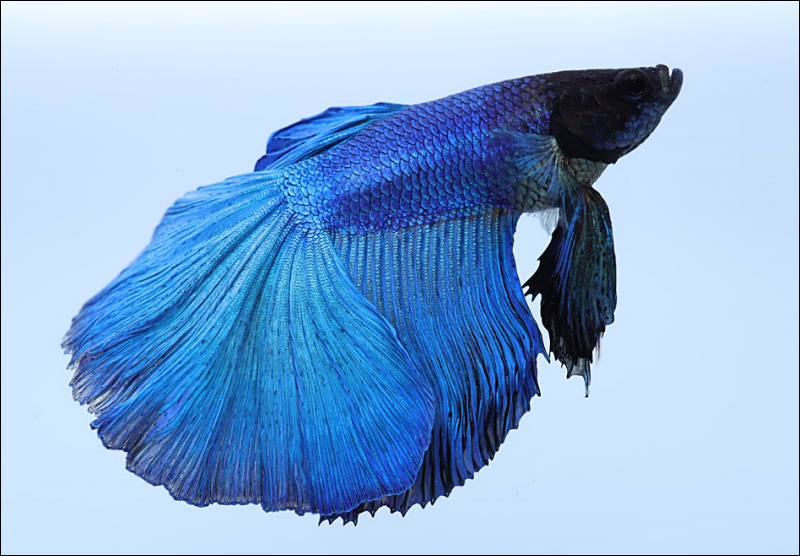

 sa4542.jpg800 x 526 - 64K
sa4542.jpg800 x 526 - 64K
 sa4543.jpg800 x 556 - 77K
sa4543.jpg800 x 556 - 77K -
For me Canon Bit Nikon with few thinks: Price,!!!! Kit lens to 105 Nikons kit at f4 makes no sence, AF Dual and eye focus
-
I am sorry but in 2018 there should be no 4K crop on a "Full Frame" camera. What were they thinking? On that point alone they fail.
-
Metal core
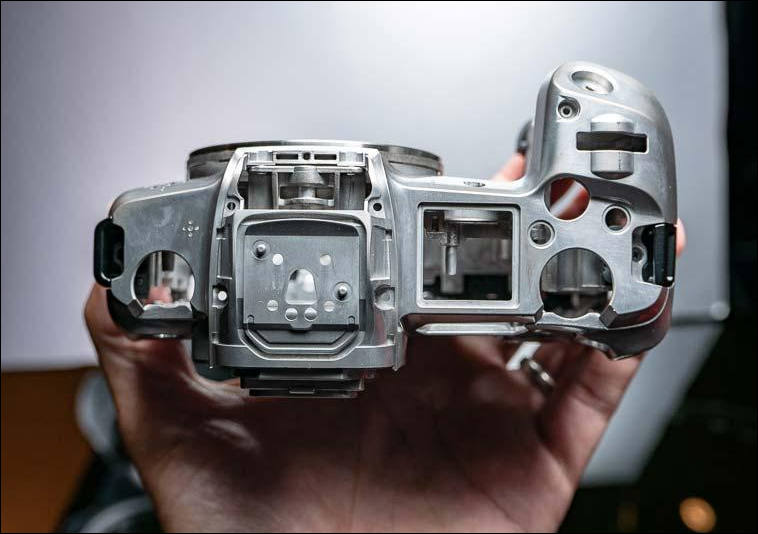
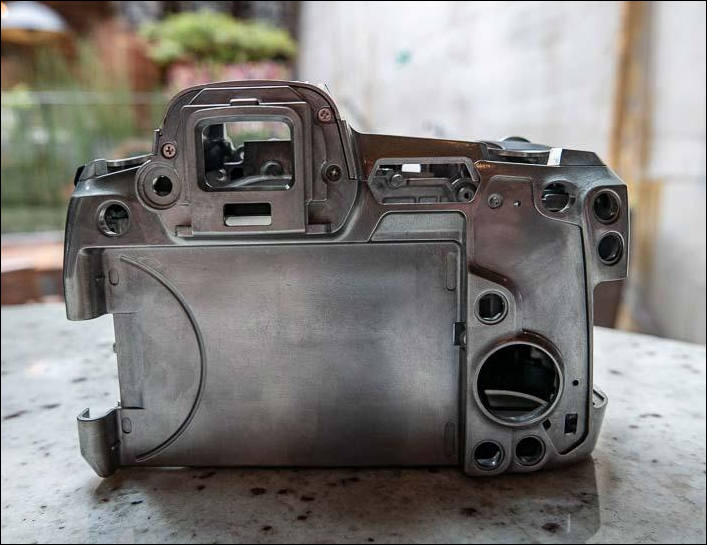
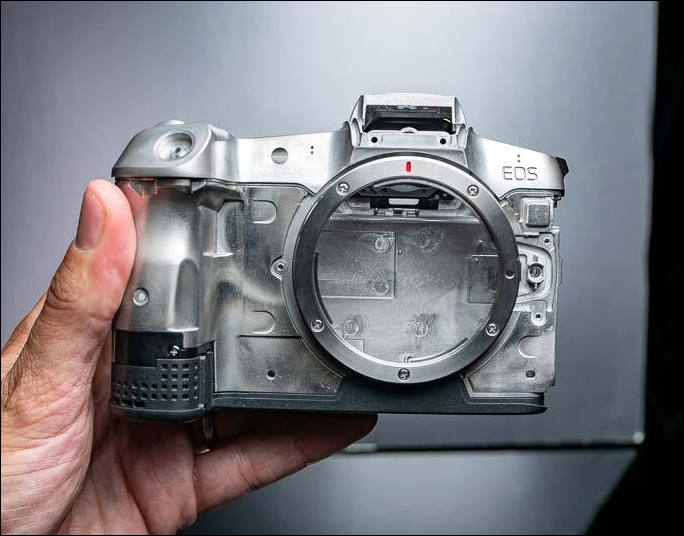

 sa4534.jpg758 x 534 - 51K
sa4534.jpg758 x 534 - 51K
 sa4535.jpg707 x 545 - 56K
sa4535.jpg707 x 545 - 56K
 sa4536.jpg684 x 536 - 51K
sa4536.jpg684 x 536 - 51K -
None of current generation mirrorless cameras are made for video shooter.
Actually none is made for shooters at all - they are made for lawyers, doctors and such. Doing shots on vacation and their backyard.
-
Definitely a let down about 4K crop factor. The Fuji is looking better to me see if they have any gotchas tomorrow I guess.
-
So it's basically a 5D Mark IV, but with a better video codec and split screen, but you can't use your existing EF lenses without an adapter? Whimper from the dying beast...
-
Nikon (and Panasonic + Sony) need to respond to these two features which will be popular with videographers/filmmakers/vloggers:
Flip out screen for selfie mode.
Variable ND adapter from the camera manufacturer itself.
-
Surprise surprise, the Nikon Z6 is still a better and cheaper camera for us filmmakers than the newly announced Canon EOS R!
Sure, it gained 10bit output and log (just like the Nikon Z6), but it basically is still a Canon 5Dmk4 (which means an awful crop, so why bother buying a FF camera in the first place? And no IBIS!).
-
From what I see, it does have a crop factor in 4K. :(
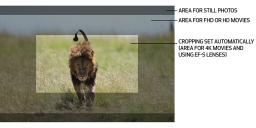
 eos-r-video-features-7.jpg920 x 460 - 268K
eos-r-video-features-7.jpg920 x 460 - 268K -
UK prices
- EOS R body and mount adapter - £2,349.99/ €2,729.99
- EOS R body, mount adapter and RF 24-105mm f/4L IS USM lens - £3,269.99/ €3,819.99
- RF 50mm f/1.2L USM lens - £2,349.99/ €2,729.99
- RF 24-105mm f/4L IS USM lens - £1,119.99/ €1,319.99
- Mount adapter EF-EOS R - £99.99/ €119.99
- Control mount ring adapter EF-EOS R - £199.99/ €239.99
- RF 28-70mm f/2L USM lens - £3,049.99/ €3,549.99
- RF 35mm f/1.8 MACRO IS STM lens - £519.99/ €599.99
-
First full size sample images: https://www.canon.co.uk/cameras/eos-r/#Gallery
-
PR
Canon U.S.A. Inc., a leader in digital imaging solutions, today announced the next revolution in the company's long history of innovative and award-winning camera systems, the EOS R system featuring the newly designed RF mount. Recognizing the need to advance optical design, the Company sought to create a versatile and powerful new system that supports all current EF, EF-S, TS-E and MP-E lenses, and also provides the optical advancements and engineering flexibility to build upon for years to come.
When Canon set forth to develop a new interchangeable lens camera system, they focused on three core optical principles: high-image quality, high-specification performance, and compact design. Recognizing that optics is the foundation for any camera system, the RF mount was conceived to open new doors in optical design. Canon's new RF mount features the same size diameter as the EF mount (54mm) and shorter back focus distance. This allows for lenses to sit closer to the sensor (the focal plane) and allowed Canon optical engineers to reimagine lens design utilizing larger rear lens elements to produce an image on the full-frame sensor. This new optical formula has paved the way for higher performing lenses. In addition, the Canon RF mount features a high-speed 12-pin communication system that provides faster and more in-depth communication between the camera and lens over existing Canon mount systems.
The EOS R system is designed for full, uninhibited compatibility with all existing EF, EF-S, TS-E and MP-E lenses through the use of mount adapters. In addition, through the use of the optional Drop-In Filter Mount Adapter or Control Ring Mount Adapter these lenses, in fact, gain functionality.
"There has never been a time in history in which visual expression has been so prolific. Imaging, both still and video, are the communication mediums of today's society. Much in the same way we learned to type in the past, today's youth are skilled in shooting, editing, and visual storytelling in ways that only the masters of each craft were decades ago," said Kazuto Ogawa, president and chief operating officer, Canon U.S.A., Inc. "Knowing this, we needed to step back and design a system that delivers all the creative expression and functionality today's youth crave, now and in the years to come."
The First in a New System: The EOS R
The new Canon EOS R full-frame mirrorless camera features a 30.3 megapixel CMOS sensor that is powered by the Company's latest image processor, DIGIC 8, enabling shooting at up to 8.0 frames per second. The new camera inherits a lot from Canon's legacy in both EOS and Cinema EOS. Video storytellers can capture stunning 4K UHD video up to 30fps and record in 10-bit 4:2:2 (with an external recorder). The EOS R also comes with the ability to shoot Canon Log, providing 12 stops of dynamic range, minimal loss of detail in shadows and highlighted areas and an increased range of choices when color grading. Users with an existing collection of Canon lenses will be excited to know that all EF and EF-S lens are compatible with the camera. In order to do so, photographers and videographers can choose between using one of three new mount adapters, each uniquely designed to meet the individual needs of the user.
The new Canon EOS R camera features Dual Pixel CMOS Auto Focus with 5,655 manually selectable AF points, supporting AF at up to f/11 with a 384 zone (24x16) real-time metering system. With f/1.2 lenses, the camera astonishingly boasts AF sensitivity in low light in as little as EV-6. When using the RF 24-105mm F4 L IS USM lens with the EOS R, the camera can focus in as little as 0.05 seconds with Dual Pixel CMOS AF, making it the fastest autofocus speed in the world. These features provide photographers and videographers with Canon's most advanced AF system to date. The EOS R also features a silent shutter setting when shooting in single-shot mode; an important feature for those who need to capture imagery without disrupting the scene. An upcoming free firmware update will enable silent shutter in continuous shooting mode as well.
"The EOS R system is not just a new camera or a new lens mount, it is a new design that will allow us to produce visual tools that were previously impossible, and allow our customers to tell their stories with greater depth, richness of color, and creative flexibility, in optically stunning ways." states Kazuto Ogawa
Thoughts From the First Users
"I think every camera system has its place and it's all about having the right tool for the job," reported acclaimed outdoor photographer and Canon Explorer of Light Jimmy Chin. "The new EOS R system for me in particular is very useful for the kind of shooting that I do in the mountains, where I need to worry about the size and weight. Having the option to use the new RF lenses or the EF lenses is really great."
"I was instantly impressed with how quickly the EOS R was able to focus," remarked celebrated fashion photographer and Canon Explorer of Light Lindsay Adler. "Whether my subject was moving or I was shooting in near-complete darkness, I had no problem getting tack-sharp focus in every shot. It was a relief to know my gear wasn't going to hold me back from executing my vision, but instead it would really help me to execute this vision."
"For us, it's all about getting the shot no one else can get, and a lot of this has to do with the camera," says Devin Graham, director and filmmaker behind YouTube's DevinSuperTramp. "The new EOS R will become one of our main cameras. It has a very small footprint, yet is able to create amazing images. As for the lenses, the new RF 28-70mm F2 has just become one of my all-time favorites. I'll be bringing it on every project."
Conveniently placed just to the right of the EVF, Canon has introduced a new Multi-Function Bar that will allows users to more easily access their customizable settings, such as AF, ISO and White Balance. Users will have the option to either slide or tap the bar to gain access to the settings and adjust on-the-go as they deem necessary depending on each particular shooting situation.
Answering the demand for enhanced mobile editing of RAW image files, Canon is also announcing a new application, Digital Photo Professional Express (DPP Express). In combination with an updated Canon Camera Connect App, DPP Express enables users to send, view, edit and process CR3 RAW files on their iPad. A free download of the app will be available October 2018.
Additional noteworthy features of the EOS R Camera include:
- RF Mount Compatible with RF Lenses and EF/EF-S Lenses
- Built-in EVF with 3.69 Million Dots, Vari-angle Touchscreen LCD and Dot-matrix LCD Panel
- ISO range of 100-40,000, expandable to 102,400
- USB 3.1 in-camera charging support
- Built-in Bluetooth and Wi-Fi® providing easy sharing to compatible smart devices and social media sites
- Single UHS-II SD card slot
- CR3(RAW/C-RAW) and Dual Pixel RAW Support
- Dust and weather resistant
Availability and Pricing
The Canon EOS R full-frame mirrorless camera is scheduled to be available in October 2018 for an estimated retail price of $2299* for the body only. It will also be sold as a body-and-lens kit with the new RF 24-105mm F4 L IS USM lens for $3399*.
-
I think the specs need an update cause some of them are incorrect: https://www.canon.co.uk/cameras/eos-r/specifications/
-
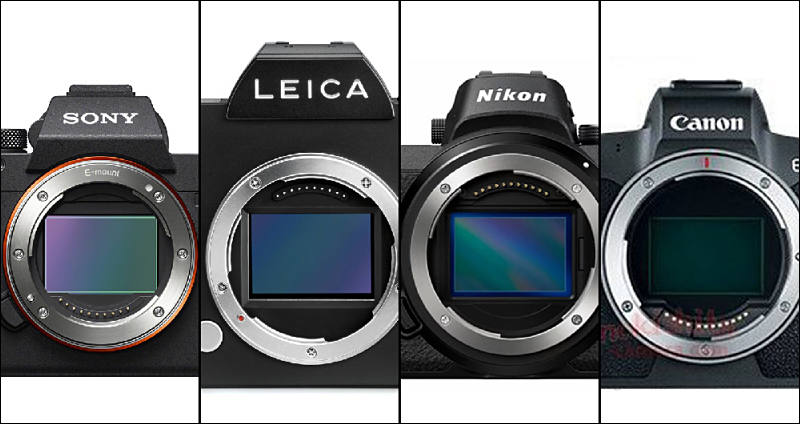
Panasonic will fit fine in this line with 53-56mm opening. As this time they all want to make hole larger. And it is users goal to find proper dick for their head hole.

 sa4525.jpg800 x 424 - 57K
sa4525.jpg800 x 424 - 57K -
First is Sony A7S III. As Panasonic will be just wild dreams announcement (even if they show some body), Kind a GH6 story.
-
I had low expectation for FF and 4K 60 but would have been nice. At this point I think Panasonic is the first FF that will have 4K 60. Fuji is interesting ASPC but I fear there 4K 60 will have gotchas to lower it's desirability.
-
Still famous 30 minute limit.
-
https://drive.google.com/file/d/1CAZOijAyrUJcOMWNHbjFpGq2CznrIAoN/view
full specs sheet, no ibis, no 4k60, or high speed shooting
Howdy, Stranger!
It looks like you're new here. If you want to get involved, click one of these buttons!
Categories
- Topics List23,992
- Blog5,725
- General and News1,354
- Hacks and Patches1,153
- ↳ Top Settings33
- ↳ Beginners256
- ↳ Archives402
- ↳ Hacks News and Development56
- Cameras2,367
- ↳ Panasonic995
- ↳ Canon118
- ↳ Sony156
- ↳ Nikon96
- ↳ Pentax and Samsung70
- ↳ Olympus and Fujifilm101
- ↳ Compacts and Camcorders300
- ↳ Smartphones for video97
- ↳ Pro Video Cameras191
- ↳ BlackMagic and other raw cameras116
- Skill1,960
- ↳ Business and distribution66
- ↳ Preparation, scripts and legal38
- ↳ Art149
- ↳ Import, Convert, Exporting291
- ↳ Editors191
- ↳ Effects and stunts115
- ↳ Color grading197
- ↳ Sound and Music280
- ↳ Lighting96
- ↳ Software and storage tips266
- Gear5,420
- ↳ Filters, Adapters, Matte boxes344
- ↳ Lenses1,582
- ↳ Follow focus and gears93
- ↳ Sound499
- ↳ Lighting gear314
- ↳ Camera movement230
- ↳ Gimbals and copters302
- ↳ Rigs and related stuff273
- ↳ Power solutions83
- ↳ Monitors and viewfinders340
- ↳ Tripods and fluid heads139
- ↳ Storage286
- ↳ Computers and studio gear560
- ↳ VR and 3D248
- Showcase1,859
- Marketplace2,834
- Offtopic1,320








